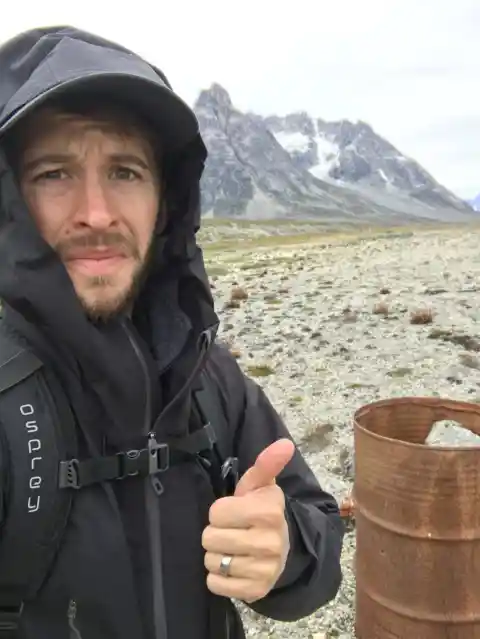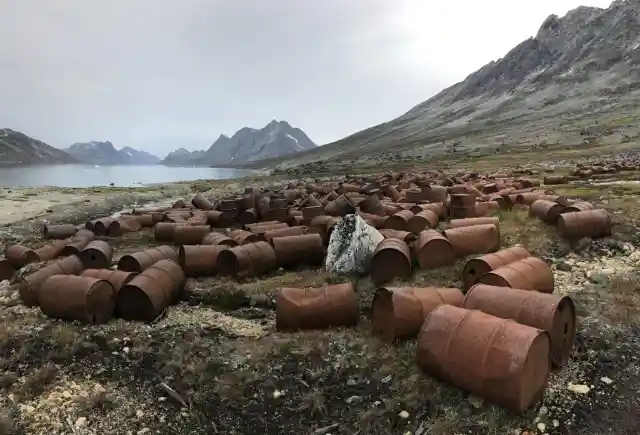

For some reason, when something is abandoned and nature starts taking it back, it starts to get a creepy vibe that makes your skin crawl. When I was a child I filled my head with so many ghost stories and mysteries that every time I would go to my grandmother’s farm and go see the rusted abandoned Chevy out in the field, I would automatically assume it was about to be the set of a horror film starring yours truly. My grandma’s farm is nothing compared to the abandoned WWII site this guy and his wife found.
He’s only known by the name of CanadaSpeedoMan, the guy who uploaded the photos from one terribly scary war site. He said they got the chance to visit the countryside and backpack throughout South East Greenland and after days of doing so, they came across this old airstrip.


The site was called “Bluie East Two” and gave them some serious chills as they realized how remote the location was. The site was initially used to refuel warplanes traveling from the USA to Europe and was only accessible by boat for much of the year. During the winter months, the sea ice prevented boats from accessing the area, making it one of the most remote places used for war.


The evidence was all left behind, including thousands of rusting barrels, some still filled with fuel. There were trucks left as is, almost as if everyone had simply just vanished. Some of what was left behind had been picked through for any reusable materials by the local Inuit people, which gives the site an even creepier sensation because everything looks to be decomposing in its own way. All the wood found was brought in by boat or drifted in from Siberia, as there are no trees in South East Greenland.


There was tons of machinery left behind, much of which was used to level out the land. Some of the trucks even had snow chains on them, literally frozen in time. When comparing the photos from when the airstrip was in its prime to the rusted and busted remains that are photographed today, the difference is shocking.


There were broken Coke bottles everywhere, a clear indication of American soldiers. There was so much stuff left behind, he said he could have stayed a week and still not had the chance to explore everything the site had to offer.


And of course, he shared a darling photo of the fluffy dog who accompanied them named Nanuq, which translates to Polar Bear.